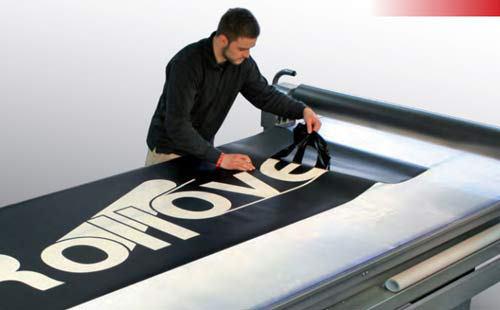MODERN PRINTING AND ITS POSSIBILITIES
Post-printing

Post-printing means all the work that follows after printing the run. Post-print processing gives the product a finished appearance, and can also carry an additional finishing character. Post-print processing is necessary for giving individual design and strength to the product. The main post-printing processes include cutting, perforation, folding, creasing, processing, binding. In addition to these processes, the finishing works, such as stamping, UV / WD-varnishing, lamination, etc., are also singled out.
Consider next each type of processing individually:
Lamination is a covering of polygraphic products with a special film for protection against damage. Lamination can be one-sided, two-sided, glossy, matte, thin, medium and thick.
Stamping is the creation of an image on a product using a ready-made stamp or foil, under pressure and temperature. There are different types of stamping: foil stamping, pressed (blind) or convex (relief) stamping.
Convex stamping is getting image with a stamp and a convex matrix. Usually convex stamping is used in decorating the covers of notebooks, folders, books.
Die cutting - this technique is used in the production of POS marketing materials, such as shelf talkers, price tags, wabblers, dispensers).
Creasing is a preliminary drawing of a stroke on polygraphic products on a place of a fold. This technique greatly simplifies and speeds up the folding process.
UV varnishing is applying varnish on the sheet to give shine and protection from damage.
Offset varnishing is applying of a special offset coating to a press sheet and additional paint transfer using offset printing machine.
WD-varnishing is applying glossy or matt water-dispersion varnish to the product.
Binding - there are different types of binding of printed materials (stapling, hot or cold gluing, binding by springs when soft stitching, laminating).
The manual types of post-printing processing include the installation of rivets, eyelets, gluing of individual elements.


